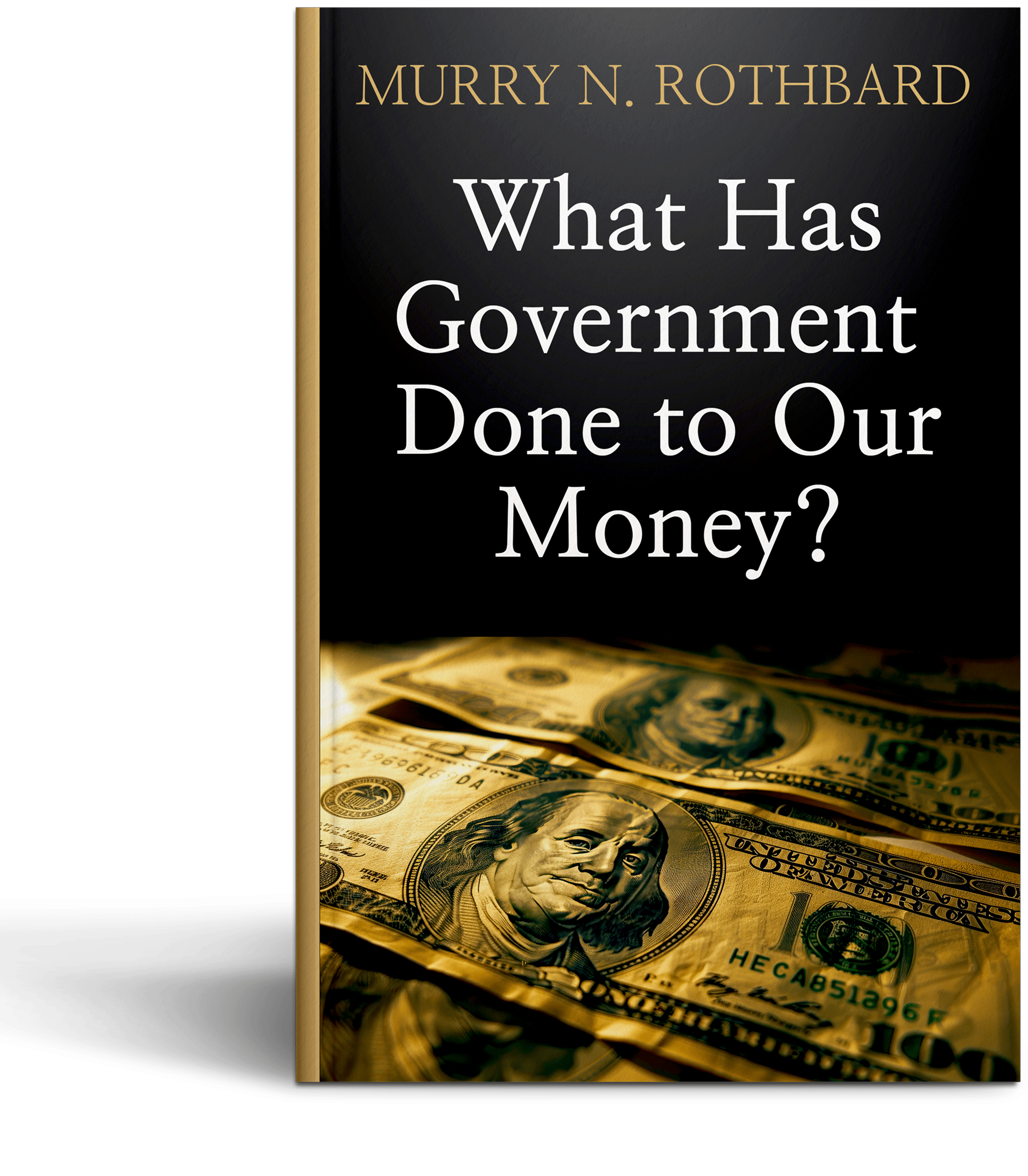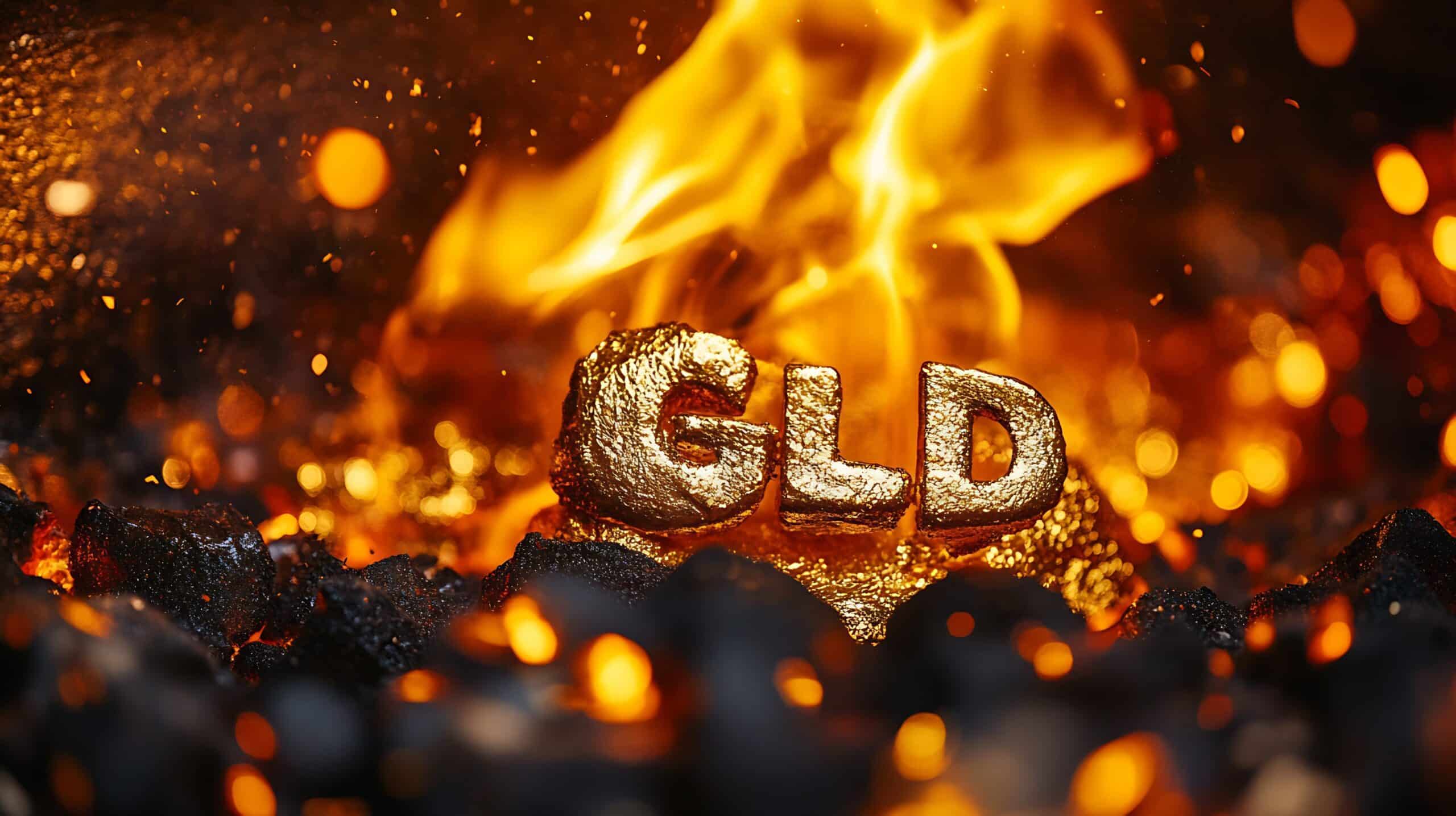In the years leading up to 2008, mortgage-backed securities (MBS) and CDOs were sold as safe, efficient, transparent investments. They gave investors exposure to real estate without the messiness of owning a home. Until, of course, they didn’t. When the system was stress-tested, those “safe” instruments proved to be built on layers of complexity, counterparty risk, and misplaced confidence. And when everyone rushed for the exits, the market broke.
Today, the gold market has its own version of the CDO: the SPDR Gold Trust, commonly known as GLD.
It’s the world’s largest gold ETF, and it promises investors easy exposure to gold—no vaults, no delivery, no shipping, just gold at a mouse click. But that convenience masks a set of structural weaknesses that few investors understand. And just like in 2008, it may take a crisis to expose the illusion.
Convenience Comes at a Cost
GLD isn’t gold. It’s a paper proxy that tracks the price of gold—until it can’t.
When you buy GLD, you’re not buying gold. You’re buying shares in a trust that holds gold on your behalf—sort of. In reality, the gold is held by HSBC (the custodian) and a network of sub-custodians, including the Bank of England during times of market stress. You cannot redeem your shares for metal unless you’re one of a small group of Authorized Participants, typically large bullion banks trading in 100,000-share blocks.
For retail investors, redemption is not an option. You can only sell your shares for dollars—exactly what you were trying to protect yourself from by buying gold in the first place.
The Hidden Erosion: Gold Liquidation to Pay Fees
GLD charges a 0.40% annual expense ratio. But that fee isn’t billed to your credit card. It’s extracted from the Trust’s gold holdings.
Every day, a small amount of gold is sold to pay operating expenses—trustee fees, custodian charges, insurance, audits, legal. Over time, the gold backing your shares shrinks. Slowly. Quietly. Invisibly.
That’s why GLD consistently underperforms the spot price of gold by just enough to matter over time. It’s not a tracking error. It’s structural decay.
2020: A Stress Test—And a Warning
During the COVID liquidity crisis in early 2020, investor demand for gold surged. GLD saw massive inflows, and the Trust had to issue new shares. But GLD is a closed-end fund—it can’t just print shares out of thin air. Every new share must be backed by physical gold.
The problem? Flights were grounded, refiners were offline, and physical supply chains were choked. That’s when GLD’s custodian quietly began sourcing gold from the Bank of England—a fact confirmed in regulatory filings. At one point, up to 70 tons of GLD’s gold was held at the BoE, much of it likely leased from central bank stockpiles via bullion bank intermediaries.
This wasn’t “normal market sourcing.” It was a sign that even the biggest gold ETF in the world had to tap official sector reserves to keep functioning.
What Happens in a Crisis?
The danger with GLD isn’t that the price of gold falls. It’s that the price of gold spikes—and suddenly, everyone holding paper gold wants the real thing.
That’s when GLD shareholders will discover:
- You can’t redeem your shares for metal.
- You’ll have to sell them for dollars—and try to buy physical gold in a market where everyone else is doing the same thing.
We’ve seen what happens when that occurs. During COVID, premiums on physical metal exploded. Silver American Eagles traded $15 over spot. Gold Eagles reached premiums near $200 per ounce—if you could even find them.
That’s because products like American Eagles are the first, most obvious, and most trusted items U.S. investors reach for in a panic. Supply disappears fast. Prices disconnect from spot. And paper holders are left chasing a product they thought they already owned.
What If You Can’t Hold GLD?
Some investors say, “I’d just hold my GLD through the storm.” But what if you don’t have a choice?
Buried in the prospectus is a provision that gives the Trust the right to suspend operations or even liquidate entirely in “extraordinary circumstances.” That means GLD could sell off its gold and cash you out at the last computed NAV—whether you wanted to sell or not. And you won’t get metal. You’ll get dollars—the very fiat currency you bought gold to hedge against.
Now imagine what that looks like in a true currency event:
- You’re involuntarily back in cash.
- Physical gold is scarce.
- Premiums are through the roof.
- And you’re fighting everyone else to get the real thing at panic prices.
This is not theoretical. It’s spelled out in black and white in GLD’s own legal disclosures. Unfortunately, almost no one reads them.
GLD Is Not Broken—Until the Day It Is
Just like CDOs worked fine until 2008, GLD will work fine… until it doesn’t. And if the moment you need gold the most is the moment GLD proves inaccessible, then it wasn’t a hedge—it was a placeholder.
If you’re buying gold to track the price, GLD may serve your needs.
But if you’re buying gold for monetary insurance, currency protection, or systemic defense, then only physical possession or direct, allocated storage offers real security.
Key Takeaway:
GLD gives you gold exposure—until the day you actually need gold.


